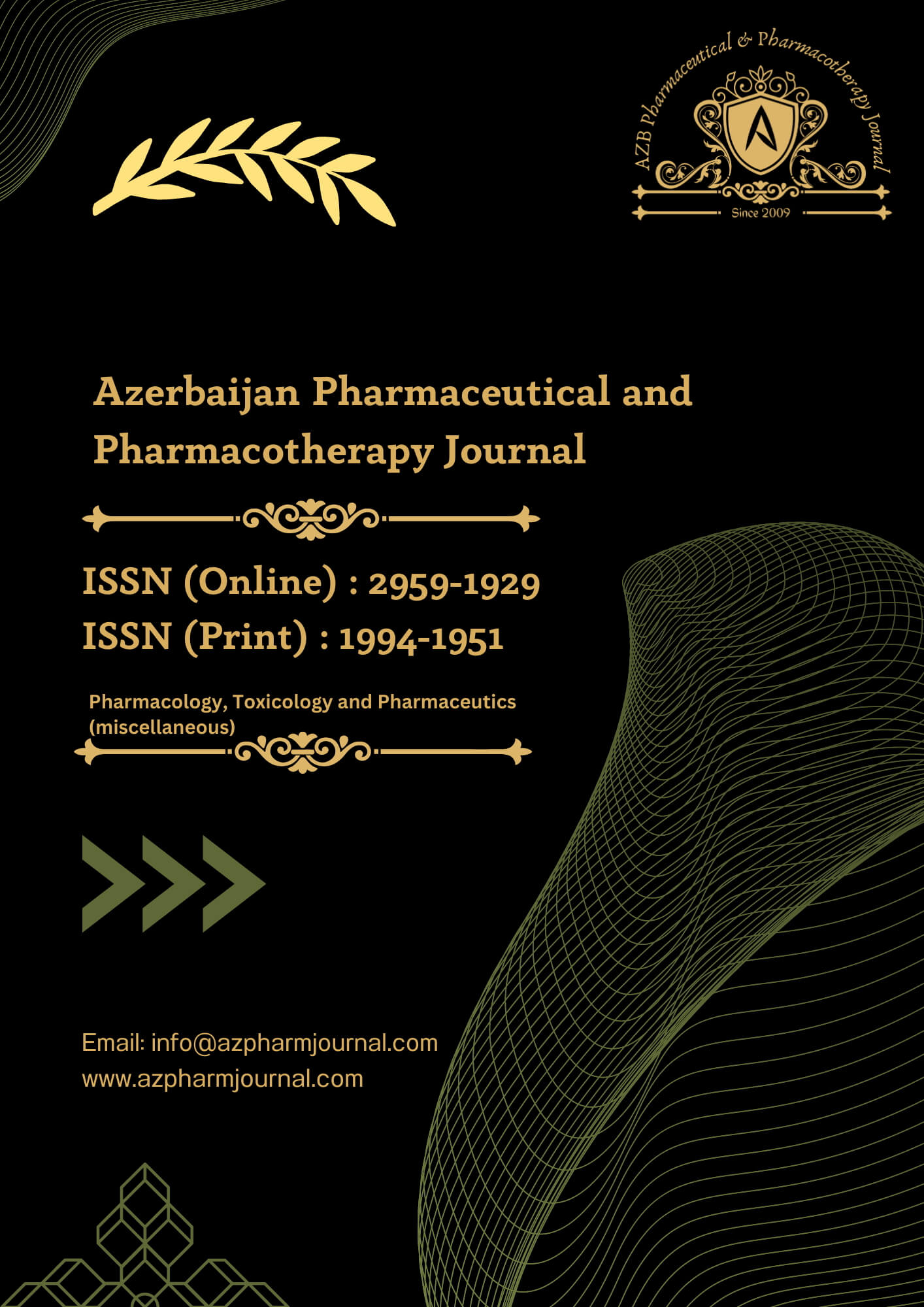1. Introduction
Choking or acute airway obstruction is the emergency condition which is usually first dealt by general public and only then by health professionals. It has been documented in literature that educating the public about choking hazards and its management can positively affect the incidence of choking events and mortality [1].
Choking is defined as "a foreign object that is stuck in the pharynx (back of the throat) or trachea (windpipe) that causes a blockage of, or muscular spasm in the airway. If there is mild airway obstruction, the child should be able to clear it, but if it is complete, he or she will be unable to speak, cough or breathe. Unless there is intervention at this point the casualty will become unconscious and could die. Choking is characterized by the sudden onset of respiratory distress associated with coughing or gagging, or stridor (loud, harsh, high pitched respiratory sound). Similar signs and symptoms may also be associated with other causes of airway obstruction, such as laryngitis, or epiglottitis, which require different management [2].
Choking that cause serious unintentional injuries occurring in the childhood are the leading cause of death among children of age group 1 to 19 years, representing nearly 40% of all deaths in this age group. Each year, an estimated 8.7million children and teens from birth to age 19 years are treated in the emergency departments (EDs) for unintentional injuries and more than 9,000 die as a result of their injuries-one every hour [3]. Choking is hazardous for all ages. It is the fourth leading cause of unintentional injury or deaths, followed by poisonings, motor vehicle crashes and falls [4].
Etiology of choking varies according to the age group and different preventive and management strategies are required for different age groups to tackle this problem. Public should be educated about the problem of choking through mass media. Parents, child care givers, School personals must be trained so that a healthy child does not lose their life because of easily preventable causes. Education and awareness remains the most important weapon in preventing this fatal event [5, 6, 7].
Choking is preventable; it could be reduced by identifying risk factors and implementing strategies to manage the risk factors accordingly. One of the most important risk factors for FBA is a lack of knowledge by the caregivers. Strategies for choking prevention include education the prevention and the first aid for chocking [8, 9, 10].
Preschool age is a famous stage of life. This group accounts for 11.5% of the Iraqi population. Nursery school is the safest place to providing care to these children in absence of mothers. On the other hand, pre-schoolers are at risk of infection, injury and other health risks in nursery schools because of their high mobility, interest, lacking of knowledge and adverse environmental situations [11].
First aid instructions provide information and skill to give secure awareness and practices to improve children safety in nursery schools [12]. The role of nurses personally or through their professional associations is to give their attention for providing supportive requirements and preventive measures for nursery school children.
